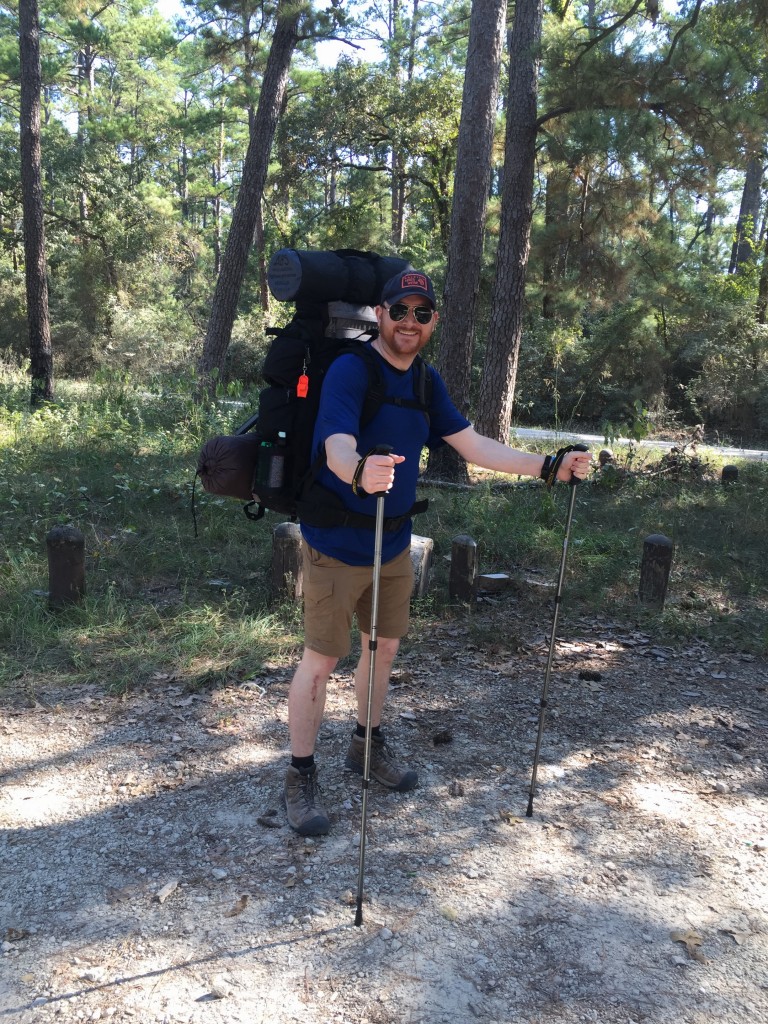Project Initiation
Early in 2015, I made up my mind to attempt a solo thru-hike of the Lone Star Hiking Trail (LSHT). At 128 miles (with loops), the LSHT is the longest wilderness footpath in Texas. It runs through the 163,037-acre Sam Houston National Forest about 50 miles north of Houston. Considering it would be my first time doing any serious backpacking, this was a fairly formidable undertaking. My experience up until this point mainly consisted of “glamping”; that is, camping out in well-established campgrounds with ready access to electricity and potable water, not to mention restrooms and showers. This was going to be something entirely different. While the LSHT is supported and maintained by a group of highly dedicated outdoor enthusiasts, there would be no four-star accommodations along the way. I would need to be self-sufficient to survive in the woods, which meant lots of preparation.
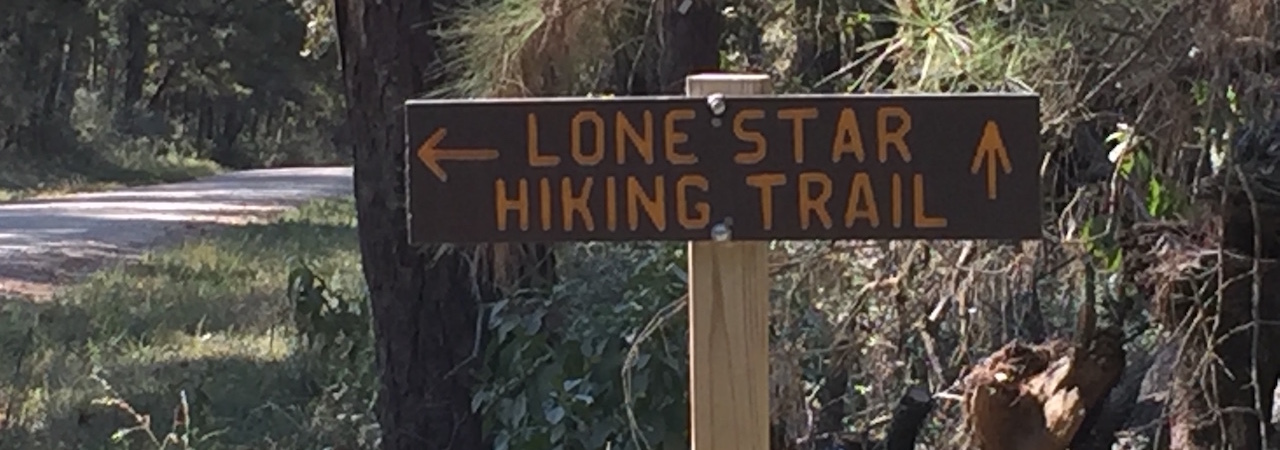
Photo by Joe Wilson
Luckily for me, I have a day job as a project manager that requires me to do this kind of planning all the time, and I was able to apply many of those same skills here. These early decisions were very reminiscent of the initiation of any project. I developed my ideas and outlined my success criteria like any project sponsor would. In this case, my success criteria was to attempt thru-hiking the trail. Notice I didn’t say to complete a thru-hike. I realized early on that a “128 miles or bust” attitude would be an unreasonable expectation of myself. I also needed to identify my project stakeholders. I was an obvious stakeholder, but who else would be affected by this trip? My wife would definitely need to be consulted. My boss would need to know about the time off I would be requesting. And several others needed to be informed or consulted about various aspects of the hike.
Project Planning
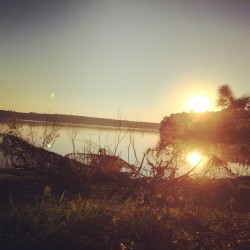
After my decision to strike out into the wild, one of my first orders of business was to start planning. I needed to know about the geography and climate of the area, along with details about the trail I would be walking. These aspects would help me decide all kinds of things. When would be the best time to take my trip and how long would it take (plan schedule management)? What things could go wrong that would endanger the success of my hike (plan risk management)? What types of supplies would I need to buy (plan procurement management)?
Doing research and determining the answers to these questions is probably the most critical aspect of any project. Many project managers rely on intrinsic knowledge of certain types of tasks to help them “feel their way” through a project. This is a bad habit, and one that can be dangerous when attempting something that you’ve never done before. Something like maybe strolling alone into a large uninhabited forest. Fortunately, the Internet has made this type of research much easier. For my hike, I started by visiting the Lone Star Hiking Trail Club website. This is the organization that maintains the trail. Its website provided me with a wealth of resources, such as a step-by-step thru-hiker’s guide. It also pointed me to other resources, such as the Club’s Facebook page and the official guidebook for the trail. These resources helped me to understand what I was going to be up against as I started to prepare for the hike.
Schedule Management
After some consideration, I decided that October would be the best time to hit the trail. Several things factored into this decision. For starters, Texas can get unbearably hot during the summer months, and I was hoping that October would be late enough that I would find some relief from the scorching Texas sun. I also wanted to give myself plenty of time to get ready. I would need quite a bit of new gear if I planned to last for long out in the woods. I would have to go about researching and procuring that gear, and that would take some time. Also, I thought some training was in order. While walking may not sound particularly taxing, walking with a pack for 10-20 miles at a time was not something with which I had a lot of experience. Waiting until October gave me time to ramp up and get some miles under my belt before having my life depend on making the hike to the next water source. Lastly, October made sense because November marks the beginning of hunting season. I figured that I had enough to worry about without having to dodge stray rifle fire.
Furthermore, I came to the conclusion that my trip should only take 4-5 days. I wanted to limit my time off from work to one week, and I figured it would be wise to allow a few days of recovery time after my hike before returning to the office. I made up my mind at the outset that I’d call it quits after, at most, five days, no matter how much of the trail I had completed. This allowed me to budget my food and plan my milestones along the trail to determine how much progress I had made. It gave me a measure of control over the process that I wouldn’t have if I didn’t set a specific time limit.
Risk Management
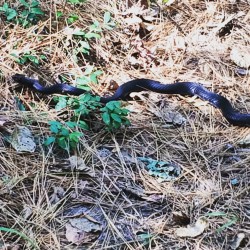
Next, I wanted to consider some of the possible dangers I could face and how to mitigate those threats. The first things I would need to address are some basic human needs, such as food, clean water and shelter. None of those things would be readily available along the way. Food was easy; I’d just have to carry it with me. That meant stocking up on lightweight, high-calorie foods that were also nonperishable. Water was more of a problem. It wouldn’t be practical to carry five days’ worth of water with me. While potable water would be in short supply, my guidebook did mention that there would be several ponds and streams along the way. The solution was a handy water filter that would remove the impurities from this water and allow me to refill along the way. Since this particular risk carried a high penalty (my death), I brought some water purification tablets as a backup plan. Shelter took the form of a backpacking tent and sleeping pad.
With the three biggies taken care of, I moved on to personal safety. Luckily, southeast Texas is not really bear country, but there are still mountain lions, feral hogs and other aggressive animals to contend with. Not to mention that if I twisted an ankle, I’d be pretty far away from the nearest urgent care. I addressed this risk with three items. First, to ward off any pesky animals, I secured some bear spray at my local outfitter. I figured if it works on bears, it would probably do the trick on a bobcat or coyote, too. Next, I packed a well-stocked first aid kit to deal with any minor or nagging injuries. Lastly, I took a satellite communicator with me. This was my worst-case scenario device. It included an SOS button that would alert the proper authorities in case I was incapacitated. I figured, better safe than sorry. Plus, it made my family feel a lot better about the journey that I was about to undertake.
Procurement Management
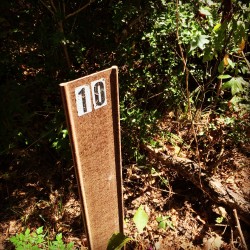
Even after addressing the major risk factors, there was still some basic gear I would need to acquire. Appropriate clothing would be necessary. When planning what type of clothing to purchase, I needed to define my requirements. In this case, comfortable, moisture-wicking fabric was what I needed. Clothing that could easily handle both warm and cool weather would also be an advantage. I was able to find everything I needed at the local REI store.
Shoes would definitely be of the utmost importance. If I was planning on walking for 10-20 miles each day, I wanted some shoes that would take a beating and be comfortable doing it. I actually took my time on this decision and tried out three different pairs of shoes. I started off with some heavy-duty hiking boots, and then tested two separate pairs of trail running shoes. The best way to test shoes is to actually wear them, so I bought and wore all three sets on local trails to see how they felt. In the end, I picked the boots. They provided the best ankle support and were easy on the feet.
Additionally, I wanted to enjoy a few creature comforts while on the trail. One of the main things I wanted was some way to cook my food so I could have a hot meal every now and then. I considered several different options, but finally selected a Jetboil backpacking stove. It met several of my requirements. It’s lightweight, compact for easy storage and can boil water in less than three minutes.
Lastly, I would need a new backpack to carry all this equipment. This was going to be a tough decision, because I wanted something that would be comfortable but not break the bank. Backpacks can get really expensive fast. The bag I settled on was the Explorer4000 from TETON. I was able to get a great deal online, and it was big enough that it could expand for even longer hikes in the future, if needed. Also, I loved the fact that it had many external pockets that allowed me quick access to some of the gear I would need to be getting at more often.
Execution Process
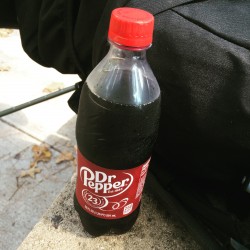
Once planning is complete, it’s time to put those plans into motion and implement the strategy. The hike itself taught me a lot about myself. These lessons have provided considerable insight into how I manage projects, both at work and in my personal life. It’s truly amazing how much you learn when you do something that you’ve never done before. The first day on the trail, I was really dragging and my shoulders were just killing me from hauling around my giant backpack. I came around a corner and noticed a perfectly sized tree stump. It was just the right height to rest my pack on without having to take it off (and thus having to put it back on, which is no easy feat). I could lean up against the stump and take a short break before moving on. In my excitement at finding such a perfectly sized stump, I completely failed to notice that it was also totally rotted through. So when I went to set my pack down on it, the entire thing disintegrated into a pile of sawdust. I went flying backward, rolling down the small hill behind the now nonexistent tree stump. My point is that no matter how much you plan, there will be stuff that happens that you weren’t expecting. The best advice I can give anyone undertaking a new project is to be sure to allow plenty of margin to make a few mistakes. Failure is a far superior teacher than success.
Also, look for ways to celebrate success along the course of your project. On the third day of the hike, the trail crossed into Huntsville State Park. I had been eating beef jerky and oatmeal for the last few days and drinking filtered lake water. My feet were killing me and I was dog-tired. But at the park headquarters there was an old beat-up vending machine – the kind that looks like it’s just waiting to eat your last crumpled-up dollar bill. I had known there would be a vending machine at the park, and I had been thinking about it, almost obsessively, for the last couple of days. I can tell you right now that I’ve never in my life tasted anything as wonderful as the Dr Pepper from that vending machine. It was 23 flavors of amazing: a One of a Kind taste. It may sound silly, but rewarding myself gave me something to look forward to and revitalized me for the next day of walking. Rewards can do the same for any project team.
Closing The Project
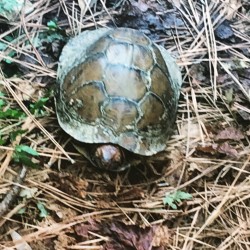
In the end, I finished about half the trail before my time was up. I absorbed a lot, and at the conclusion of the trip I took inventory of all the lessons learned and how I could apply them to next time. This may be the most important and most overlooked activity in any project. It is essential for continued improvement, but it is easy to get immediately caught up in the next project and forget to spend time reflecting on how to cultivate the process. Some of the lessons I took from my hike were very practical. For example, I learned that I don’t need nearly as much food as I initially had thought. During the day, I was too busy trying to get to the next checkpoint, and at night I was just too tired to care much about eating. The extra food that I brought ended up being dead weight in the pack. Other lessons were more psychological. I learned that I could be alone, in the forest, for days at a time without going crazy. I learned that I have a pretty good understanding of my physical limits and how to push them just beyond the point of being comfortable.
Some of the lessons were philosophical. When crossing through Huntsville State Park, I met a friendly park ranger named Larry. He served in the Army during Vietnam and “had his fill of walking with a pack while he was in the service.” But he gave me a lift to the state park entrance from my campsite, saving me a two-mile road walk, so he is aces in my book. The final day on the trail, I met an interesting gentleman from Houston by way of Manchester, England. He told me about yo-yo hiking the trail the previous year. Yo-yo hiking is when you thru-hike and then you get to the end, turn around and hike the entire trail again the opposite way. He was just getting started on his hike this year and asked if it was OK for him to take a picture of the two of us, me finishing my hike and him starting his. If the hike taught me anything, it is that most of the strangers you meet in the world are genuinely nice people. It’s easy to forget about that living in a big city. Even though there are so many people around, we constantly avoid each other. I learned to appreciate others much more after spending so much time alone. Also, after going several days without speaking to anyone, my voice sounds genuinely strange whenever I start talking again. Weird. 🙂
